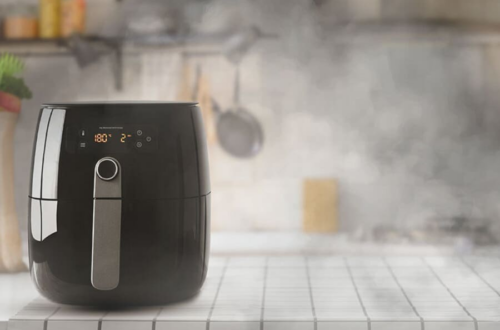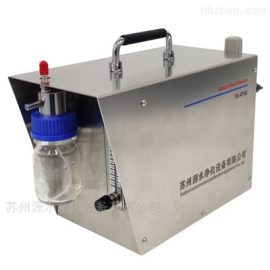Diaper Nonwoven Fabric: Essential Material for Modern Hygiene Products
# Diaper Nonwoven Fabric: Essential Material for Modern Hygiene Products
## Introduction to Diaper Nonwoven Fabric
Nonwoven fabrics have revolutionized the hygiene product industry, particularly in the manufacturing of diapers. These specialized materials offer unique properties that make them indispensable for modern diaper production. Unlike traditional woven textiles, nonwoven fabrics are engineered directly from fibers without the need for spinning or weaving.
## Key Characteristics of Diaper Nonwoven Fabric
The success of nonwoven fabrics in diaper applications stems from several critical properties:
1. Superior Absorbency
Modern diaper nonwovens are designed with excellent liquid absorption capabilities, quickly drawing moisture away from the skin to keep babies dry and comfortable.
2. Softness and Comfort
The fibers used in diaper nonwovens are exceptionally soft, preventing irritation and ensuring gentle contact with delicate skin.
3. Breathability
Proper air circulation is maintained through the porous structure of nonwoven fabrics, reducing the risk of diaper rash and skin irritation.
4. Strength and Durability
Despite their lightweight nature, these fabrics maintain structural integrity even when wet, preventing tears or leaks during use.
## Manufacturing Process of Diaper Nonwoven Fabric
The production of diaper nonwoven fabric involves several specialized techniques:
1. Fiber Selection
Manufacturers typically use synthetic fibers like polypropylene or polyester, or natural fibers such as cotton, depending on the desired properties.
2. Web Formation
Fibers are arranged into a web through processes like spunbonding, meltblowing, or carding, creating the basic structure of the nonwoven fabric.
3. Bonding Techniques
The web is then consolidated using methods such as thermal bonding, chemical bonding, or hydroentanglement to create a stable fabric structure.
4. Finishing Treatments
Additional treatments may be applied to enhance properties like hydrophilicity, antimicrobial performance, or softness.
## Applications in Diaper Construction
Nonwoven fabrics serve multiple functions within modern diaper design:
1. Top Sheet
The layer closest to baby’s skin is typically made from soft, hydrophilic nonwoven material that allows quick liquid passage while remaining dry to the touch.
2. Back Sheet
A waterproof yet breathable nonwoven layer prevents leaks while allowing vapor transmission to reduce humidity inside the diaper.
3. Leg Cuffs
Elastic nonwoven components create comfortable barriers around the legs to contain waste.
4. Fastening Systems
Reusable closure systems often incorporate nonwoven materials for secure yet gentle attachment.
## Environmental Considerations
The diaper industry continues to innovate with eco-friendly nonwoven solutions:
Biodegradable fibers from renewable sources are being developed to reduce environmental impact. Some manufacturers now offer plant-based nonwovens or fabrics incorporating recycled materials. The lightweight nature of nonwovens also contributes to reduced material usage and transportation emissions compared to traditional textiles.
Keyword: Diaper nonwoven
## Future Trends in Diaper Nonwoven Technology
Emerging developments in nonwoven fabrics for diapers include:
- Smart fabrics with moisture-sensing capabilities
- Antimicrobial treatments for enhanced hygiene
- Ultra-thin yet highly absorbent structures
- Improved sustainable material options
- Enhanced breathability technologies
## Conclusion
Diaper nonwoven fabric has become the cornerstone of modern hygiene product manufacturing, offering an optimal combination of performance, comfort, and cost-effectiveness. As


